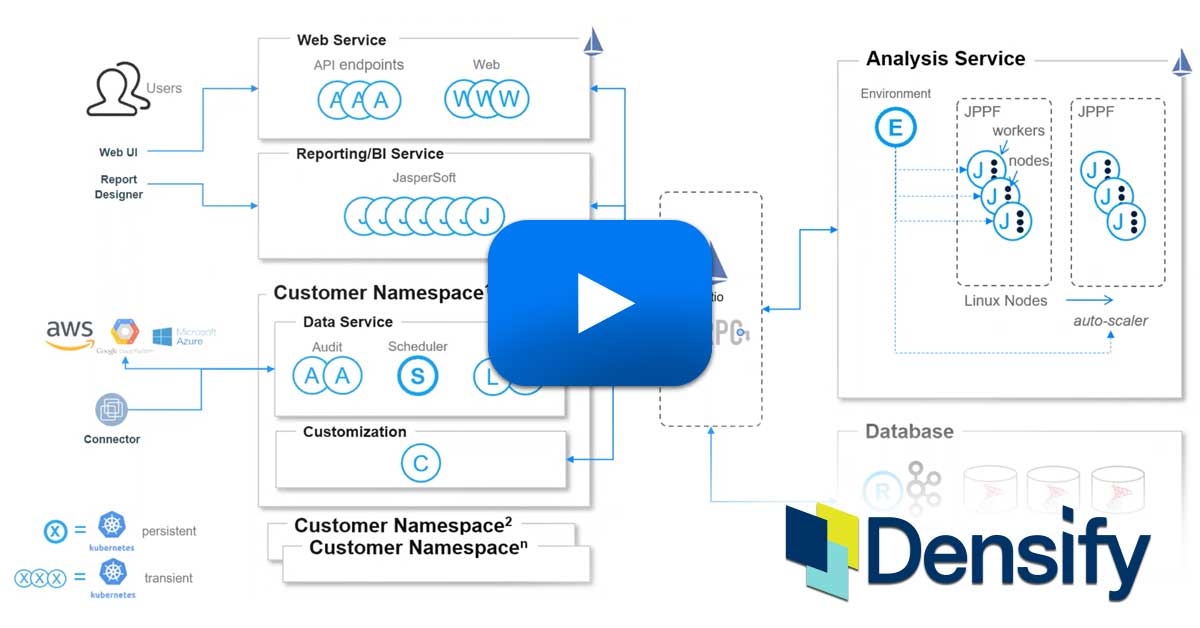

What if you feel that putting all your containers on the same host sucks, since if that host goes down, all your containers die with it? You will need to be able to deploy containers on many hosts, and also handle the communication between them, which translates into port mapping hell unless you’re using an SDN solution. What if your application is composed of multiple containers? You will need to be able to handle not only the creation of these containers, but also the communication between them. The thing is that Docker by itself will probably not suffice when using containers in production. I will take a (not so) wild guess and assume that you’ve already heard about Docker and containers in general. Kubernetes is a container cluster management tool. Okay, I was just passing by, but what is Kubernetes? You can make up your own mind afterwards. You won’t find the answer to the last question in this article, but at least you will (hopefully) understand how Kubernetes works. I keep getting questions like « what is a Kubernetes » at work, and if it is « better than a Docker ».

Minikube is great and all, but you don’t actually get to see communication between different containers on different hosts, node failover scenarios, scheduling policies, or hardcore scale up procedures (with many nodes).įinally, I thought it would be nice to explain how every Kubernetes component fits together, so everyone can understand what’s under the hood. I also wanted to be able to test different Kubernetes features in a set up reminiscent of a production cluster. I guess that’s one of the main points of this project, really. A guy I know once said that in order to understand how something complex works, you need to build it up from scratch. The last time I worked with Kubernetes was last year. You will also need molecule and docker-py, if you want to run the tests. You will need Ansible 2.2, Vagrant, Virtualbox and kubectl. You can modify the size of the cluster by hacking on the Vagrantfile and the Ansible inventory. This will spin up 4 VMs: an etcd node, a Kubernetes Master node, and two Kubernetes Worker nodes. This is episode 1, regarding the Kubernetes general architecture. The whole subject was way too long for a single article.
#WHAT IS KUBERNETES AND HOW IT WORKS YOUTUBE CODE#
If you keep reading, I’m going to talk to you about Kubernetes, etcd, CoreOS, flannel, Calico, Infrastructure as Code and Ansible testing strategies. I hacked something together in order to create a Kubernetes cluster on CoreOS (or Container Linux) using Vagrant and Ansible.


 0 kommentar(er)
0 kommentar(er)
